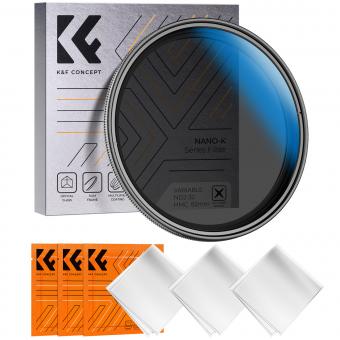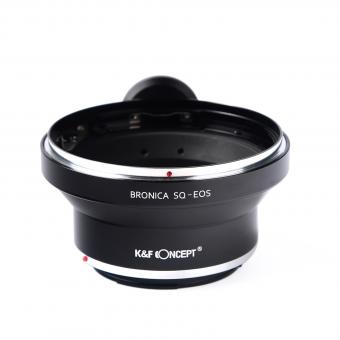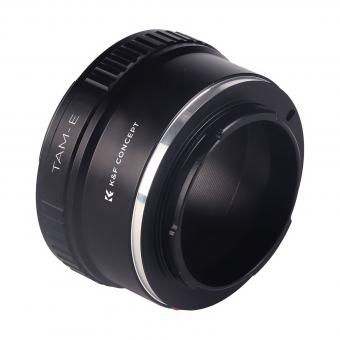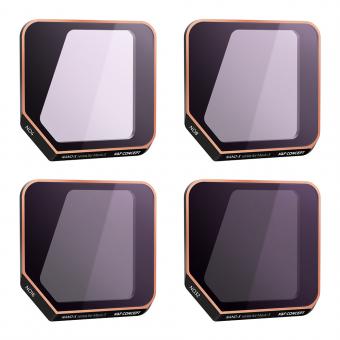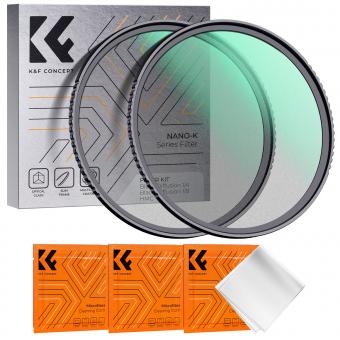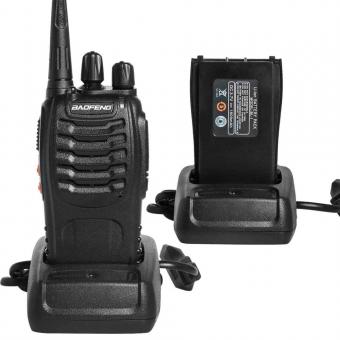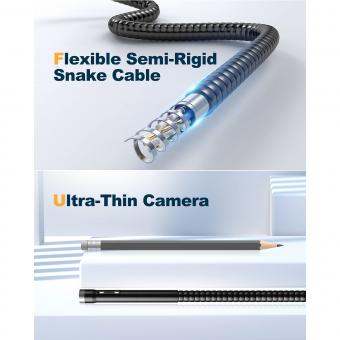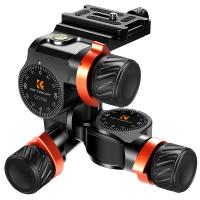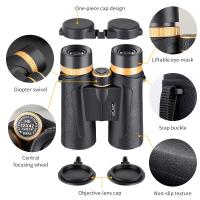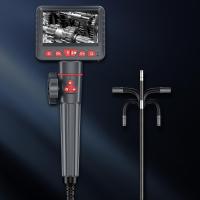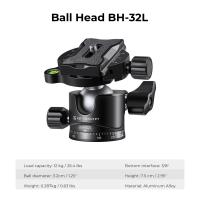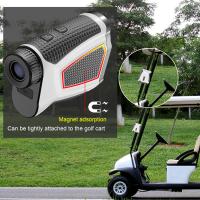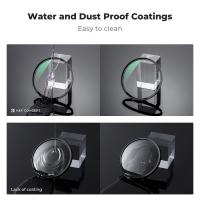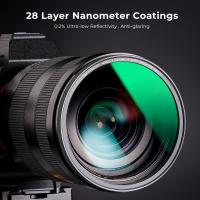What Is Endoscopic Surgery For Sinusitis ?
Endoscopic surgery for sinusitis is a minimally invasive surgical procedure that uses an endoscope, a thin, flexible tube with a camera and light at the end, to access and treat the sinuses. The endoscope is inserted through the nostrils and allows the surgeon to see inside the sinuses without making any incisions on the face. The procedure is performed under general anesthesia and typically takes 1-2 hours.
During the surgery, the surgeon may remove any blockages, such as polyps or inflamed tissue, and widen the sinus openings to improve drainage. Endoscopic surgery for sinusitis is often recommended for patients who have chronic sinusitis that has not responded to other treatments, such as antibiotics or nasal sprays. The procedure is generally safe and effective, with minimal pain and a short recovery time. Most patients can return to normal activities within a few days after the surgery.
1、 Endoscopic sinus surgery
Endoscopic sinus surgery is a minimally invasive surgical procedure used to treat chronic sinusitis. It involves the use of an endoscope, a thin, flexible tube with a camera and light at the end, to visualize the sinuses and remove any blockages or diseased tissue.
During the procedure, the endoscope is inserted through the nostrils and into the sinuses, allowing the surgeon to see the area in detail. The surgeon then uses specialized instruments to remove any polyps, scar tissue, or other obstructions that may be causing the sinusitis.
Endoscopic sinus surgery has several advantages over traditional open surgery, including less pain, faster recovery time, and fewer complications. It is also more precise, allowing the surgeon to target specific areas of the sinuses without damaging surrounding tissue.
Recent advances in endoscopic sinus surgery include the use of computer-assisted navigation systems, which provide real-time imaging and guidance during the procedure. This technology allows for even greater precision and accuracy, reducing the risk of complications and improving outcomes.
Overall, endoscopic sinus surgery is a safe and effective treatment option for chronic sinusitis. It can provide long-lasting relief from symptoms and improve quality of life for patients.
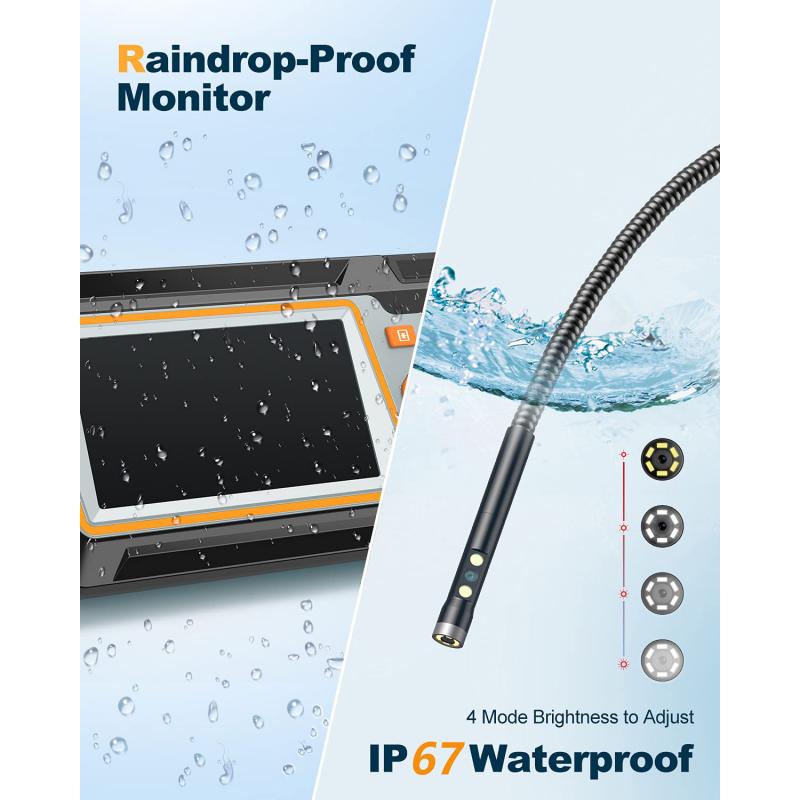
2、 Functional endoscopic sinus surgery
Functional endoscopic sinus surgery (FESS) is a minimally invasive surgical procedure used to treat chronic sinusitis. It involves the use of an endoscope, a thin, flexible tube with a camera and light attached to it, to visualize the inside of the sinuses and remove any blockages or diseased tissue.
During the procedure, the surgeon inserts the endoscope through the nostrils and into the sinuses, allowing for a clear view of the sinus cavities. The surgeon then uses specialized instruments to remove any polyps, scar tissue, or other obstructions that may be causing the sinusitis.
FESS has become the preferred method of surgical treatment for chronic sinusitis due to its minimally invasive nature and high success rates. It is typically performed on an outpatient basis, with patients able to return home the same day.
Recent advancements in FESS techniques have led to even better outcomes for patients. For example, image-guided FESS uses computerized tomography (CT) scans to create a 3D map of the sinuses, allowing for more precise surgical planning and execution. Additionally, balloon sinuplasty, a newer technique, uses a small balloon catheter to gently widen the sinus openings, reducing the need for tissue removal and minimizing post-operative discomfort.
Overall, FESS is a safe and effective treatment option for chronic sinusitis, with high success rates and minimal risk of complications. Patients who undergo FESS can expect to experience significant improvement in their sinus symptoms and quality of life.
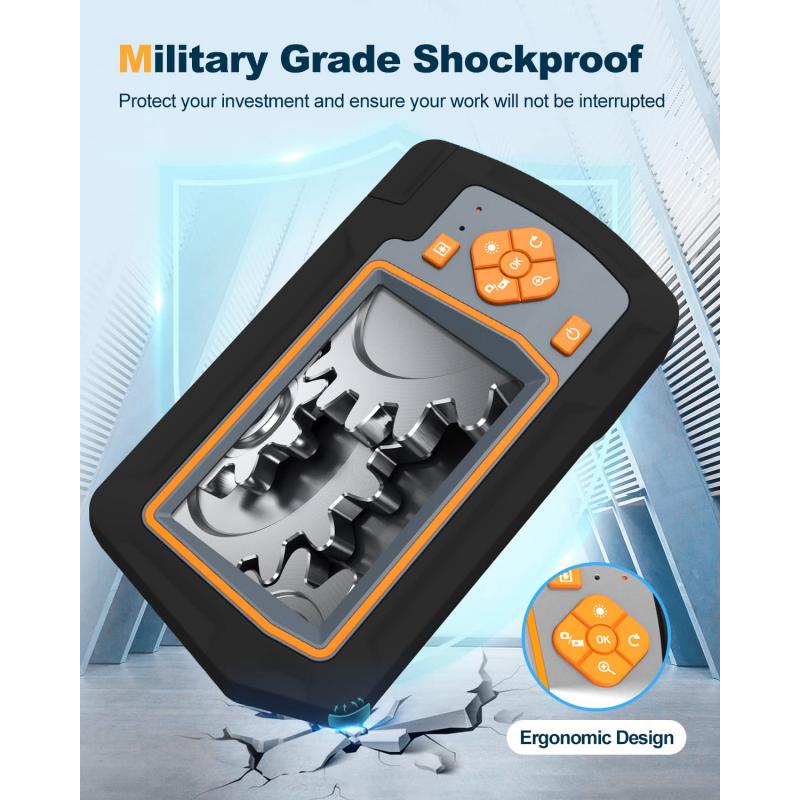
3、 Image-guided endoscopic sinus surgery
Image-guided endoscopic sinus surgery is a minimally invasive surgical procedure used to treat chronic sinusitis. It involves the use of an endoscope, a thin, flexible tube with a camera and light at the end, to visualize the sinuses and guide the surgical instruments. The procedure is performed under general anesthesia and typically takes 1-3 hours.
During the surgery, the surgeon removes any blockages or diseased tissue in the sinuses, allowing for improved drainage and ventilation. The use of image guidance technology allows for precise navigation and visualization of the sinuses, reducing the risk of complications and improving outcomes.
Recent studies have shown that image-guided endoscopic sinus surgery is a safe and effective treatment option for chronic sinusitis. It has been found to improve symptoms such as nasal congestion, facial pain, and headaches, and can also reduce the need for medication and further surgeries.
In addition, advancements in technology have led to the development of new techniques and tools for image-guided endoscopic sinus surgery, such as balloon sinuplasty and computer-assisted navigation. These innovations have further improved the accuracy and safety of the procedure.
Overall, image-guided endoscopic sinus surgery is a valuable treatment option for those suffering from chronic sinusitis, offering improved outcomes and a faster recovery time compared to traditional open surgery.
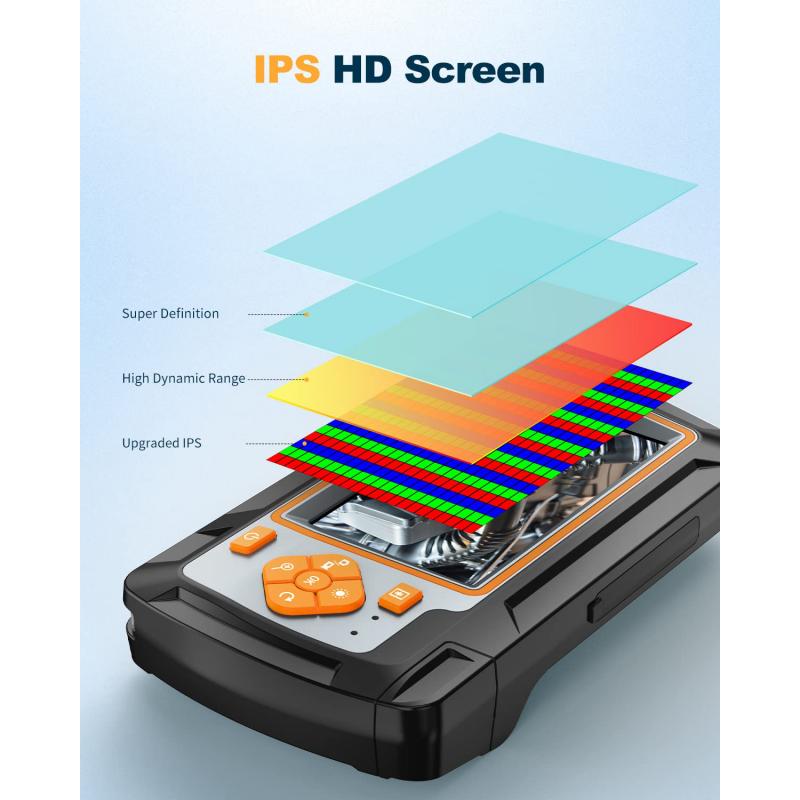
4、 Balloon sinuplasty
Balloon sinuplasty is a minimally invasive endoscopic surgery for sinusitis that has gained popularity in recent years. It involves the use of a small balloon catheter that is inserted into the blocked sinus cavity and inflated, thereby widening the opening and allowing for better drainage of mucus and air. This procedure is performed under local anesthesia and can be done in an outpatient setting, with most patients able to return to normal activities within a day or two.
The benefits of balloon sinuplasty over traditional sinus surgery include less pain, bleeding, and scarring, as well as a shorter recovery time. It is also considered a safer option for patients who may not be able to tolerate general anesthesia or have other medical conditions that increase their risk of complications.
While balloon sinuplasty has been shown to be effective in relieving symptoms of chronic sinusitis, there is still ongoing debate among medical professionals about its long-term efficacy compared to traditional surgery. Some studies have suggested that the benefits of balloon sinuplasty may not be as long-lasting as those of traditional surgery, and that some patients may require additional procedures in the future.
Despite these concerns, balloon sinuplasty remains a popular option for patients seeking relief from chronic sinusitis. It is important for patients to discuss their options with their healthcare provider and weigh the potential benefits and risks of each procedure before making a decision.


